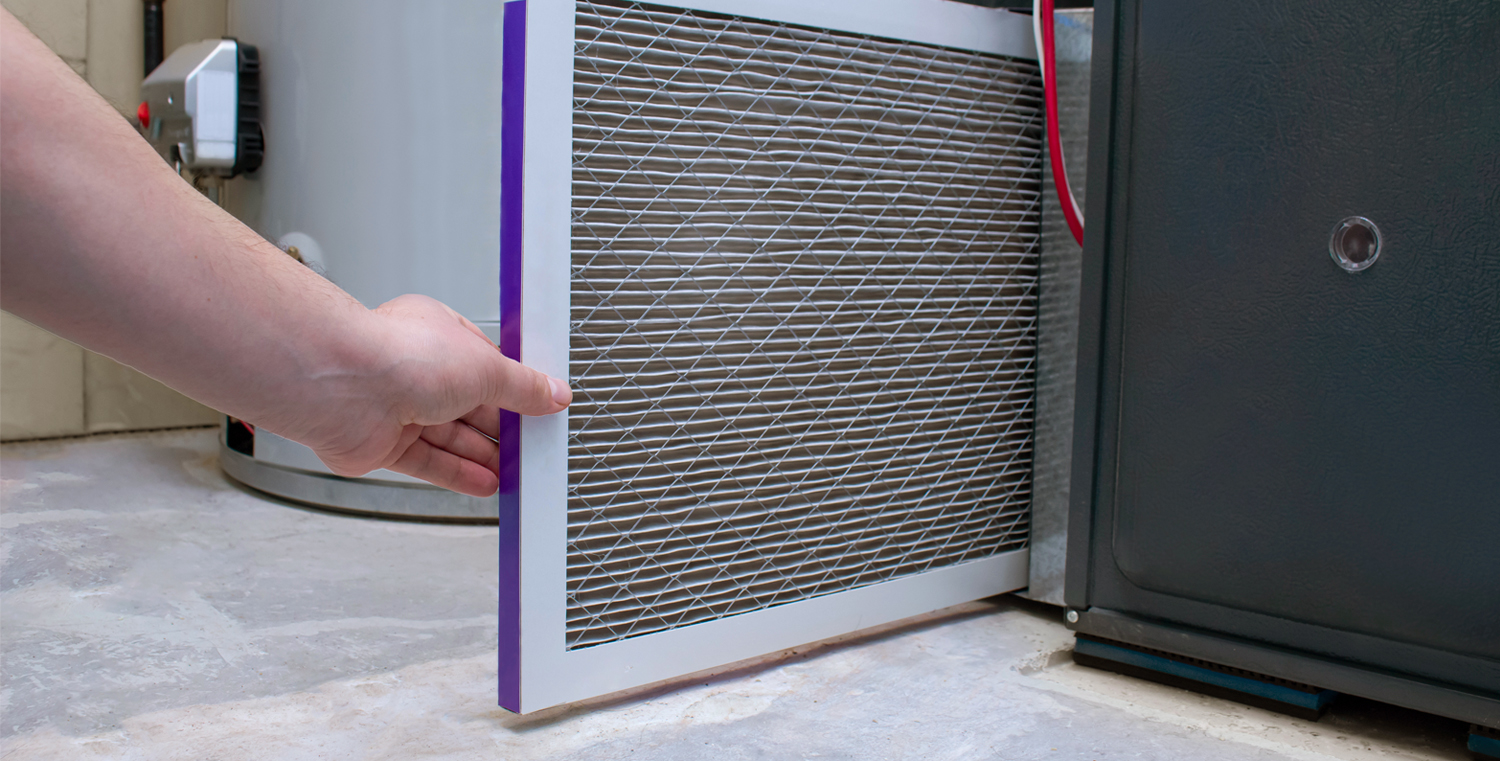No matter how clean your home is, there’s one area we guarantee you’ve missed. And all the dusting, vacuuming, scrubbing, and polishing in the world just can’t get it clean.
The air inside your home is some of the dirtiest, most pollutant-filled air you breathe every day. In fact, you can have as much as 2x-5x more pollutants in your indoor air than outside. Considering we spend an average of 90% of our time inside, there’s no question indoor air quality is a health factor worth fighting for.
While outdoor air may be full of natural allergens, indoor air contains a lot more pollution
The air in a typical home contains a variety of pollutants, including:
- Mold spores
- Dust and dirt
- Pet dander
- Pesticides
- Volatile organic compounds (from hairspray, paint, and chemicals)
- Small amounts of carbon monoxide
- Chemicals (from building materials, plastics, and furniture)
- Ozone (from household air cleaners)
These aren’t the only pollutants floating in your air. The same spores, dust, and organic pollutants that fill the outdoor air can become trapped inside when you open the window or front door.
You don’t have to see these pollutants to feel their effect
If you wake up with a stuffy nose or develop a cough you can’t seem to shake, you may be experiencing the side effects of poor indoor air quality.
Polluted air typically causes health effects like an irritated nose or throat, headaches and fatigue, and respiratory diseases. For individuals with asthma, common pollutants like dust, mold, and pet dander can trigger serious asthmatic symptoms.
While indoor air quality is a serious issue, the news isn’t all bad— and there are ways to clean up your air
Keeping your home clean does help to reduce the amount of polluting particles in the air— if you use the right products and tools.
- Opt for a vacuum cleaner with a HEPA filter to prevent dust and dander from being recirculated into the air
- Frequently wash your soft surfaces, including your pillow covers, couch cushion covers, and drapes in hot water to cut down on dust mite activity
- Look for cleaning products that have the EPA’s Safer Choice label and are made without harmful chemicals
Another effective way to improve your air quality is to keep your HVAC system clean and well-maintained
When you regularly change your HVAC filters, you not only extend the life of your unit, you help reduce the larger polluting particles that circulate through the air. As a good rule of thumb, change every HVAC filter in your home once every 1-3 months.
Scheduling annual HVAC system cleaning and maintenance also improves your indoor air quality. On your service call, your technician will service and tune-up your unit, check your ductwork, and look for leaks. This type of preventive maintenance helps you keep a cleaner home, and the efficiency improvements and inspections save you money over time.
Better indoor air starts with better indoor systems
At Burton, we install and repair a variety of HVAC and indoor air quality systems. To inquire about our offerings, order high-performance air filters, or schedule a repair service, Just Call Burton!







